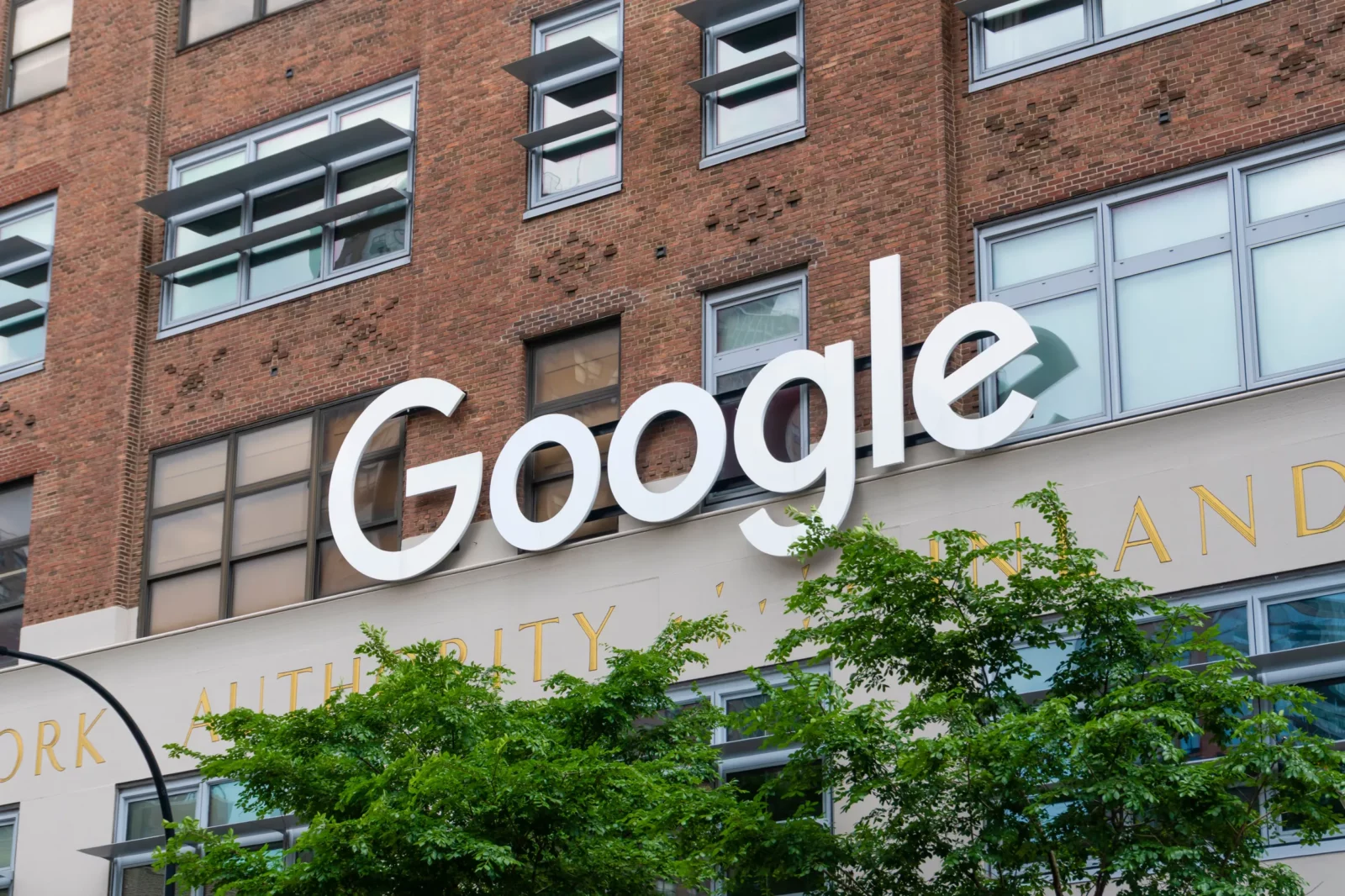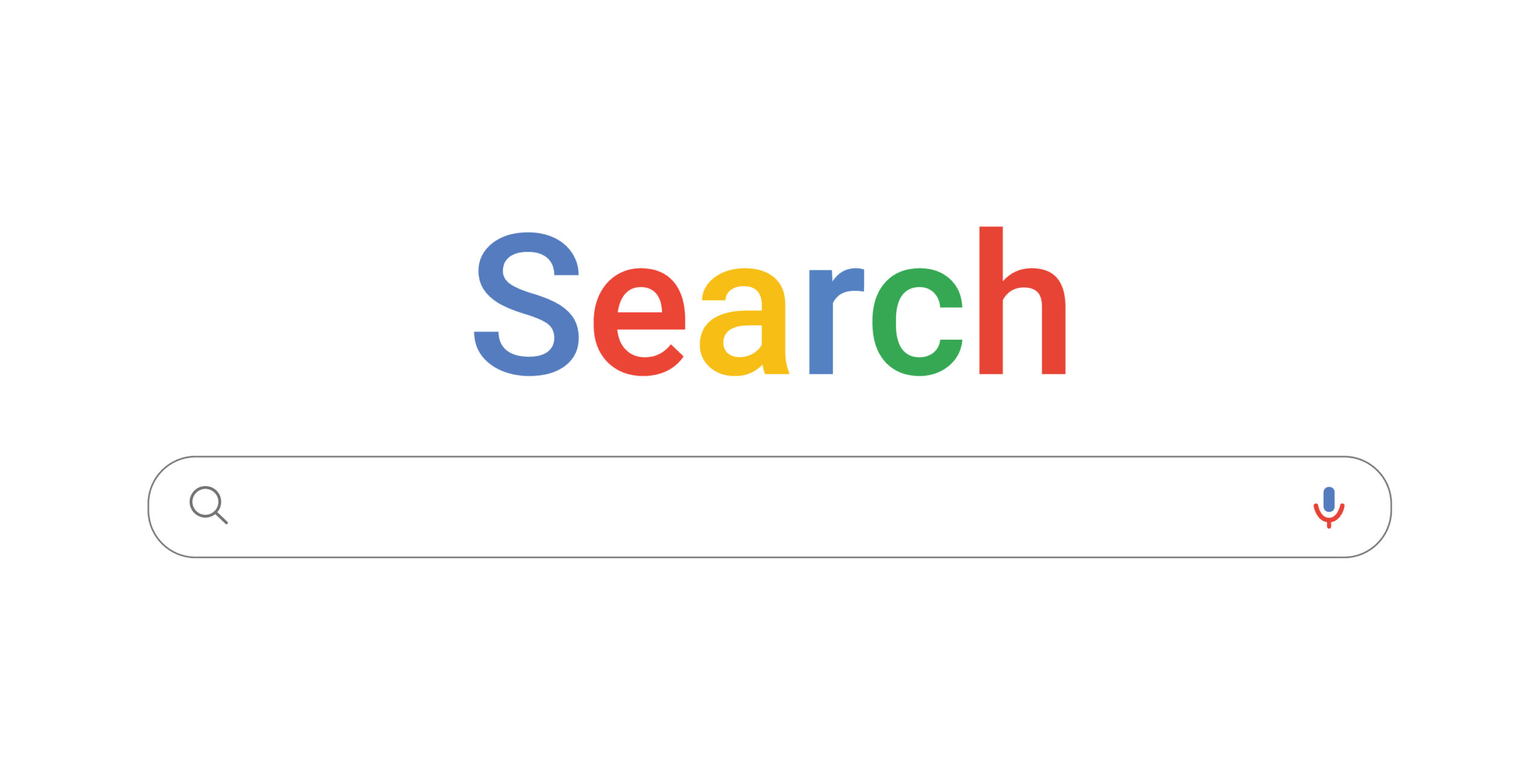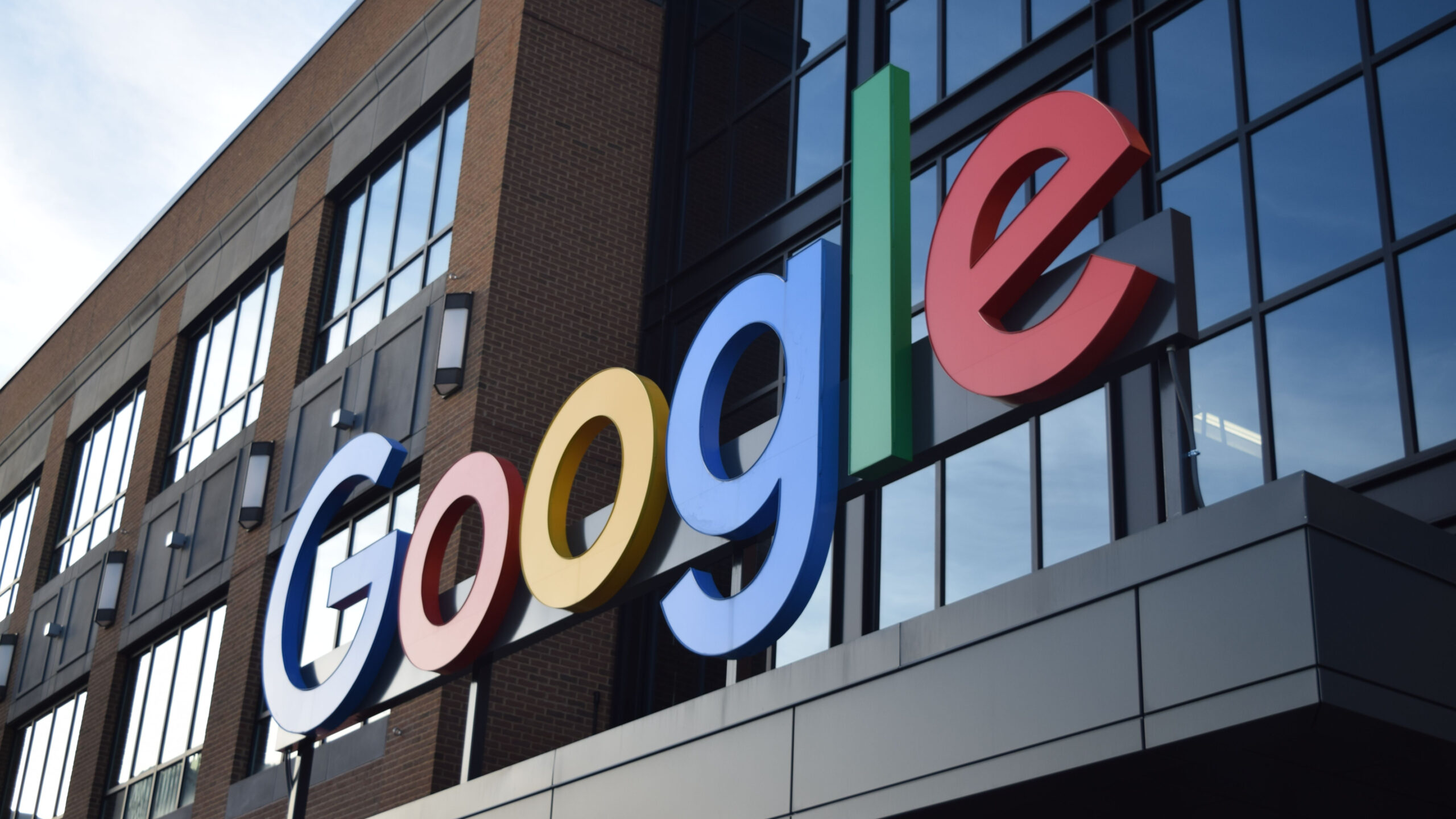Google Maps Shows How Locked-Down Defaults Deter Competition
The arrival of Google’s standalone Maps program for iOS has helped many iPhone users find their way around town more easily, but it’s also helped me locate a broader issue with mobile operating systems.
Google’s app, as much as I like it, can’t compete with Apple’s built-in app in one key aspect: Only the latter program is set as the default cartographic choice in iOS. So if you tap on a street address in somebody’s contacts card or in an e-mail message–or ask Siri for directions to a location–iOS opens Apple Maps.
Working around this without jailbreaking an iPhone is difficult. You can trick Siri into letting Google map your way by saying “via transit” or “using transit,” or you can add a link to a location’s custom Google Maps address to your contacts list.
This isn’t a new situation in iOS; picky users who prefer a non-Apple browser like Opera have also had to resort to jailbreaking to make it the default. The same goes for those who have opted for a non-Apple mail client like the now-defunct Sparrow or Google’s new Gmail iOS app; at a minimum, they have to set up a dummy, send-only account in Apple’s mail client to ensure that e-mail links in other built-in apps still work.
People toting phones with different operating systems should not be strangers to this issue either.
The search button on older Android phones was locked to Google unless carriers configured it otherwise–and even today, the Android release of Google’s Chrome only lets you switch between Google, Bing and Yahoo, shutting out options like the privacy-focused DuckDuckGo. Meanwhile, the search button on phones running Microsoft’s Windows Phone operating system is equally hard-wired to Bing.
Android, unlike WP7 and WP8, does allow you to anoint alternate Web, e-mail and mapping apps, but you may need to confirm that choice repeatedly. And outside of third-party builds of Android–Samsung’s is a notable exception–there’s no systemwide screen to decide which apps handle which chores.
(Google may only be copying the poor practices of desktop operating-system vendors. Microsoft now provides an array of overlapping interfaces to elect for one app over another to handle a category of work or particular types of links. And Apple seems to have followed Microsoft’s earlier, weaker example by asking users to jump into its own browser and e-mail apps to vote for replacements.)
This is an immediate problem for the users of mobile devices and a longer-term issue for their developers. If you want to use what you think is a better mail or Web program, you shouldn’t have to break into your operating system to escape from its built-in tools. But the authors of incumbent software also wind up muting the signals they should be getting from users by making it harder for them to switch.
Outside of monopoly-abuse situations, I don’t see this as something that demands a government response. (Especially if that response will take as long to materialize as the European Union’s “browser ballot” interface, which came well after Mozilla Firefox had splintered Internet Explorer’s grip on the market.)
It is, however, something we as customers can keep in mind–even if many of us don’t, just as we routinely forget to ask Web services if we can take our data with us when we leave.








